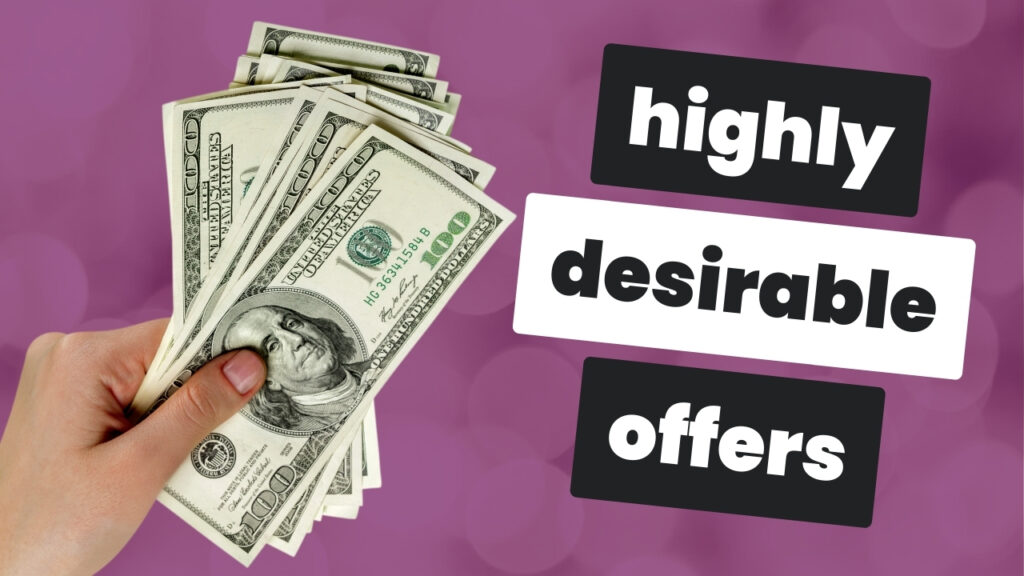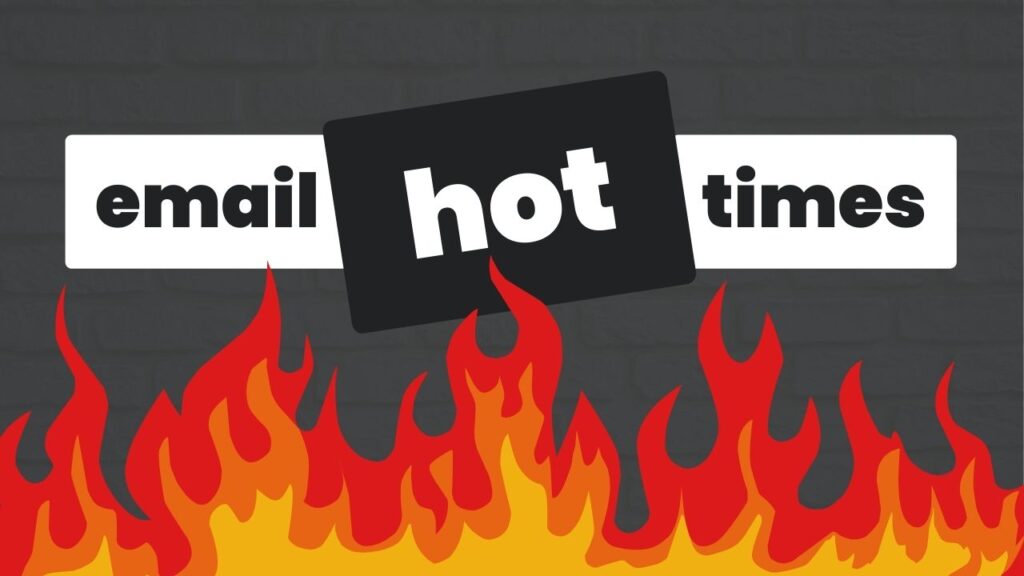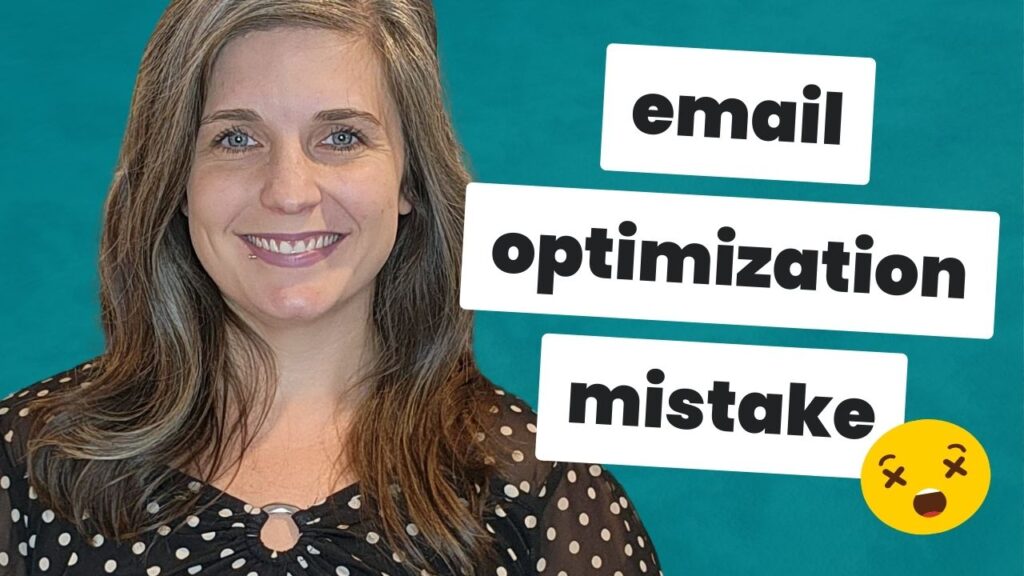Just like a decrease in conversion rate isn’t always a bad thing…
An increase in conversion rate isn’t necessarily a good thing either.
The context matters.
Join me in the video below to learn how you can spot (mostly) meaningless “vanity” wins. So you can make more useful interpretations of your A/B split test data.
TRANSCRIPT:
An increase in conversion rate can sometimes be misleading, which is why it’s imperative that if you are doing conversion rate optimization, you look deeper than those surface-level numbers.
Hi, I’m Paige. I’m a Conversion Copywriter.
Calculating conversion rates and running copy tests with the aim of improving conversion rates is something that I do every single day.
So I can tell you there are two things you want to ask yourself:
How was that conversion rate calculated?
And what changed that influenced that conversion rate upward?
The second question is the most interesting because you could see an increase in conversion rate even though nothing meaningful has changed.
So let’s look at an example. Let’s say we’re optimizing emails, and we’re looking specifically at our open rates, and we have 100 subscribers.
And we know that, on average, about five people open our emails, which means we have an open rate of 5%.
Now, when we’re looking at our list, we notice that half of our subscribers, so 50 of them, aren’t engaging with our emails at all and haven’t engaged in a very long time. So we make the strategic decision to clean that list and remove or unsubscribe those 50 subscribers because they could be hurting our deliverability for our emails.
Then we run several campaigns over the next month or so, and still, only five people, on average, are opening our emails.
But when we calculate that conversion rate, the total number of subscribers has dropped because we removed all the disengaged people.
And so now it’s 50 total subscribers and 5 out of 50 is 10%.
So we doubled our open rates, but nothing meaningful changed.
That’s purely a vanity win because nothing meaningful changed. No additional people are opening our emails or seeing our messages and having the chance to take action on whatever it is that we’re sending them.
In this instance, the increase in open rate doesn’t mean anything because nothing is changing in terms of total people being exposed to our emails and our sales messages.
That is why, when you’re looking at conversion rates, especially when you are looking at increases or decreases in conversion rate, you look deeper than that surface-level number because the context is important to know if the changes you’re making are meaningful.
It tells you if you can actually look at that increase or decrease in conversion rate and give it weight to some decisions that you’re going to be making in the future.
I hope that helps you derive more insights from your most recent campaigns or recent copy tests.
And, as always…
If you’d like help optimizing your campaigns for higher conversion rates with an emphasis on meaningful optimization, we should chat. Click here to start a project conversation with me.


